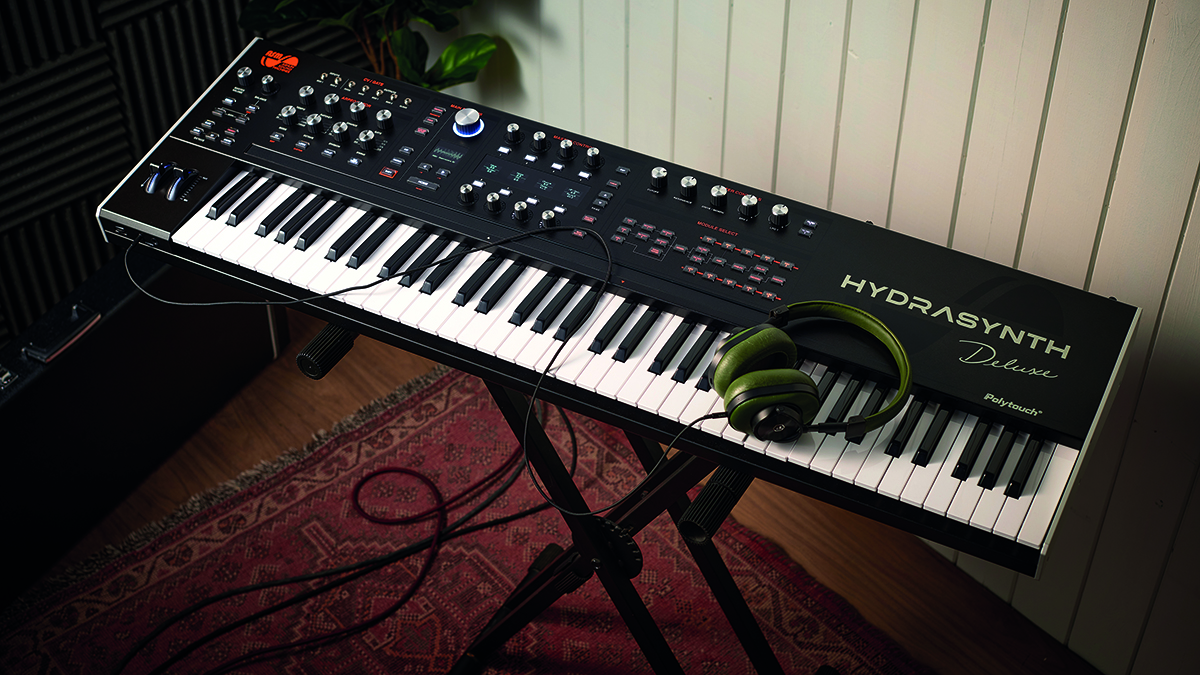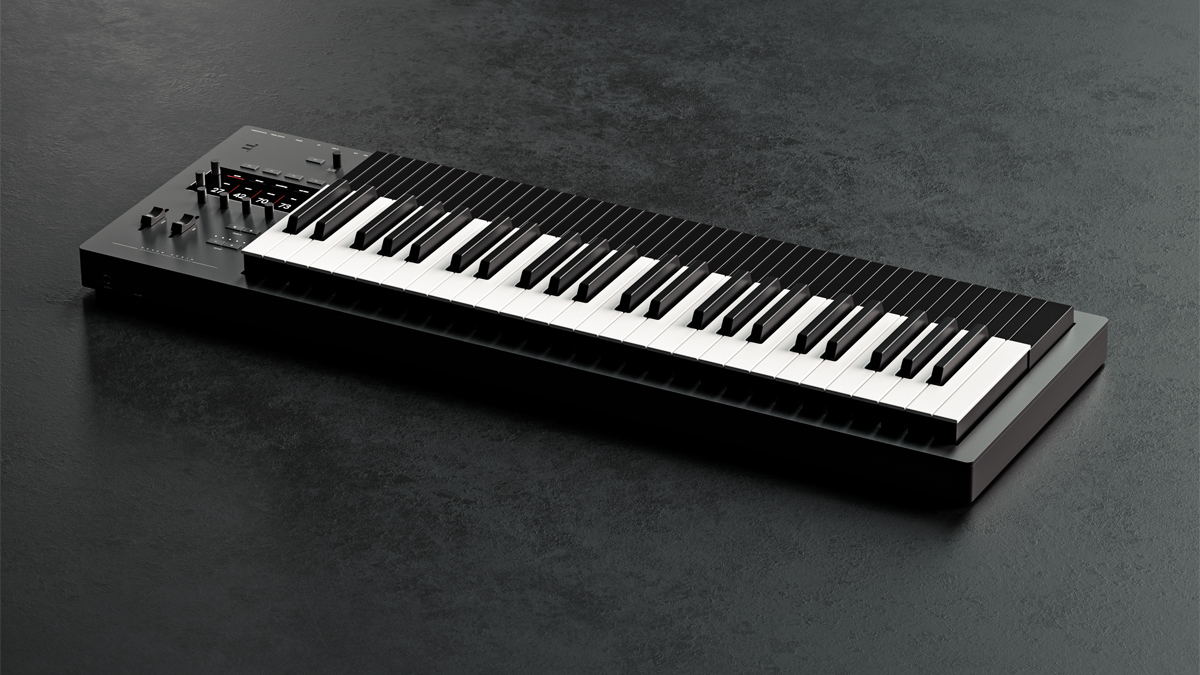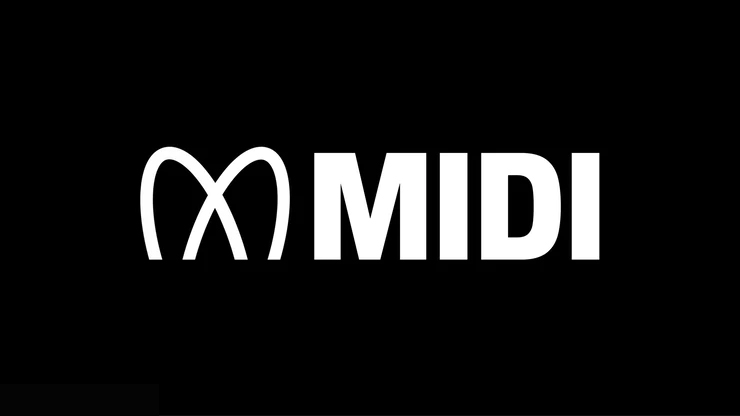Total control: how the latest MPE, touch and gesture controllers could revolutionize your music production
From squidgy keys to wearable rings, bounceable beat-makers and distance-sensing crystal balls, the array of unusual MIDI control options today is expanding exponentially
While more multi-dimensional controllers are certainly up to the task of making virtual instruments sound more real, when used to wrangle your synths, MPE control and more out-there approaches can expand the sonic playing field into realms you might never have considered.
MPE control can expand the sonic playing field into realms you might never have considered
From almost the time of their birth, artists and musicians have viewed synths as less an instrument with which to master, and more a field of research in which to explore. Carving out new realms of previously undiscovered sonics, evolving textures and bubbling arpeggiations is part and parcel of using a synth.
While a big boon of the controllers we’re highlighting is how they can better mirror the intricate articulation of real-world, acoustic instruments, when used in a synth context, multi-timbral control explodes and expands what both analogue and digital synths are typically able to do.
Prior to the advent of MPE, expression via hardware synths required programming automated movement manually. Applying modulation and pitch bend meant taking one hand of the keyboard and using it to oscillate their respective wheels.
Put simply, using a synth to react with spontaneous nuance was nigh-on impossible. With MIDI Polyphonic Expression’s level of per-note control and responsiveness, the limitations of basic up/down and velocity control that was previously the synth’s ceiling is shattered.
The hard facts
Though acquiring an MPE-equipped instrument, such as a ROLI Seaboard, LinnStrument or Joué Play grants just the interface, you’re also going to need a sound source.
Whether in the hardware or software domain, MPE support is something that has expanded over recent years, but is certainly not something that is now standard. You will get a more limited experience with anything that supports MIDI data, though, as MIDI CC messages are the foundation on which MPE is built.
Get the MusicRadar Newsletter
Want all the hottest music and gear news, reviews, deals, features and more, direct to your inbox? Sign up here.
Hardware synths that have incorporated MPE control include the likes of the Sequential Prophet OB-6, ASM Hydrasynth and Modal’s Argon and Cobalt, each of which sport MPE-tailored patches, allowing your MPE instrument to be used to drill further into their respective engines.

Aftertouch updated
The keypads of the aforementioned synths all sport polyphonic aftertouch. This concept – stemming from the mid-1980s – is similar to MPE, though less developed. Essentially, it enables per-note MIDI data to be sent via a slightly more expressive keybed than what is used for standard MIDI channel aftertouch.
These keypads have mechanical pressure sensors underneath each key, meaning that further pressure (or lack of) following the initial strike can modulate the sound. But hardware synths that suit this standard have become much rarer, and MPE has taken this idea to its natural evolution.

Osmose from Expressive E looks set to build a further bridge between source and quirky controller. With a patented polyphonic aftertouch mechanism granting three dimensions of control within every key, including initial pressure, polyphonic aftertouch and pitch control, Osmose is effectively bringing a self-contained way into the world of expression.
Within Osmose lay Haken Audio’s Eagan Matrix sound engine – used to fuel Haken’s original red-felt Continuum instrument. Arriving later this year, we’re looking forward to getting our fingers on it.
Soft landing
While MPE support is more tricky to apply to hardware, in the software world there’s a gamut of synth options with which to interface your MPE controller, spanning the likes of Arturia’s Pigments 2, U-He’s Hive 2, and KV331 Audio’s Synthmaster.
The most MPE-focused sound source though, is undoubtedly ROLI’s Equator 2 hybrid synth. Sporting 1400+ sampled synths, as well as orchestral and acoustic instruments, Equator is the only synth, designed from the ground up to be explored by your MPE Instrument (particularly the Seaboard).

But, as with any instrument, whichever MPE instrument you plump for will need your investment of time to get the best out of it. After all, mastering something like the hand-held Artiphon Orba 2 is a wildly different proposition to that of becoming proficient on the Seaboard.
With both software and hardware MPE setup, parameter modulation – and the resulting assignment to one of the MPE instrument’s five dimensions, becomes less a facet of programming, and more an instrumentally-approached way of navigating a synth’s aural frontiers.
With LFO controls such as pulse-width modulation, VCF-frequency scaling, filter cutoff and the pitch of the oscillators being able to be incrementally applied to your music, almost as if you were feeling your way around a violin or a guitar.
Wave wiggler
It’s this perception of movement and character that MPE uses to open up the synth universe, with each note’s subtle variations being discernible by the human brain, similar to how noticeable it is when comparing a live drummer to a drum loop.
Multi-axis control invites you to set unusual permutations, like volume envelope swells on numerous notes of a chord pad
Multi-axis control invites you to set unusual permutations, like volume envelope swells on numerous notes of a chord pad, making these types of ethereal effects have a much more organic quality, without the drag of laboriously pre-setting automated movement.
Beyond the synth-instrument interface, you’re also going to need a DAW that understands and plays nice with MPE data. With conventional MIDI, editing notes and expression information was relatively straightforward, however with those extra dimensions of expressivity in play, it’s unsurprising that some DAWs start to struggle when recording.
Ableton Live 11 is a notable innovator, being the DAW that has wholeheartedly embraced MPE more than the rest, but others include Logic, Bitwig, Tracktion Waveform and Cubase.
MIDI 2.0
In the works for what seems like years, the second generation of MIDI is nearly ready for global rollout, and it promises to overhaul a standard that has remained unchanged since the 1980s. MIDI 2.0 brings a gamut of benefits to the table.

What is MIDI 2.0, and what does it mean for musicians and producers?
For the MPE world, the fact that bi-directionality (two-way communication) is intrinsic is particularly attractive, enabling an ‘Auto Configure’ option will erode several barriers that currently stand in the way of anyone just plugging in their controller to their synth or laptop, namely the laborious programming that must be undertaken to assign each expression to a CC value or parameter.
With Auto Configure, MIDI 2.0 will be able to send messages back and forth as opposed to just one way. This allows it to detect what instrument is plugged into what sound source, and intelligently assign the most effective parameter control to your instrument. This auto-mapping ability will also make it far breezier to incorporate external mixers, drum machines, synths and more to your production workflow, all via different profiles that MIDI 2.0 will snap to.
The MIDI Association are keen to stress that a major aspect of MIDI 2.0 is this two-way conversation, and it’s this idea that will undoubtedly make instrumental control far, far more accessible than it is currently.


Computer Music magazine is the world’s best selling publication dedicated solely to making great music with your Mac or PC computer. Each issue it brings its lucky readers the best in cutting-edge tutorials, need-to-know, expert software reviews and even all the tools you actually need to make great music today, courtesy of our legendary CM Plugin Suite.










